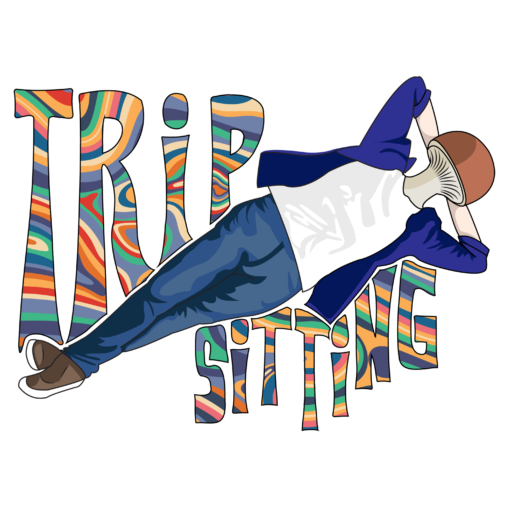What are Psychedelics?
A psychedelic is a type of fungi, plant, or chemical compound used to produce hallucinations or the apparent expansion of consciousness on its user. Psychedelics are also commonly referred to as hallucinogens or entheogens. These terms all reference the same type of drug classification. There are six different psychedelics that I’ll focus on in this post.
Most common psychedelics fall under the category of classical psychedelics, also known as serotonergic psychedelics. This means they take action in your body by way of the neurotransmitter serotonin. Examples of these psychedelics include LSD, psilocybin, DMT/ayahuasca, and mescaline.
Other common psychedelics we should know about are MDMA and ketamine.

LSD
LSD is a synthetic compound derived from ergot, which is a type of fungus found on rye grain. Also known as acid, this psychedelic gained popularity in the 1960’s during the counterculture movement that spread across the United States until it was made illegal in 1968. LSD is typically consumed by swallowing a paper or gel tab, with trips lasting anywhere from 8 – 12+ hours. Researchers are currently using LSD in clinical trials to treat mental disorders such as anxiety, depression, PTSD, addiction, and more.
Psilocybin
Psilocybin is the chemical in magic mushrooms that give them their hallucinogenic effects. There are over 200 species of psilocybin-producing mushrooms. Psilocybin itself is inactive, but it is broken down by our bodies into another chemical called psilocin, which creates the mind-altering effects. Many historians believe that humans have been using mushrooms for several thousand years in rituals and ceremonies. Because of their similar effects, psilocybin is being used alongside LSD to treat mental disorders in clinical trials. Learn more about the differences between shrooms and acid here.
DMT/Ayahuasca
DMT, short for N,N-Dimethyltryptamine, produces similar effects as LSD and psilocybin, but much more intense. To feel the effects of DMT, you can smoke, ingest, or even inject (this is the least common method) it. DMT is found either in nature or can be synthesized in a lab. There is research that also suggests that DMT is produced naturally in mammalian brains, including humans.
The Sonoran desert toad secretes a compound called 5-MeO-DMT, which is a form of DMT we inhale. This DMT trip is extremely fast-acting, and comes on in only about 30 – 45 seconds, lasting only 15 to 20 minutes. Many people suggest that while it only lasts minutes, the experience can feel like hours. DMT is nicknamed the God molecule because of these incredibly intense and quick effects.
DMT can also be ingested through an ayahuasca brew. Ayahuasca is a plant native to South America that activates naturally-occuring DMT in various plant species when boiled together. Many South American tribes have been making ayahuasca brew for hundreds of years and consuming it for ritualistic purposes. There are now many retreats for people to attend in South America where you can drink ayahuasca with a shaman. Ayahuasca trips last about 3 – 6 hours and its effects are still similar to LSD or psilocybin, but more intense.
Mescaline
Mescaline is another naturally occurring psychedelic. It is found in plants such as Peyote, San Pedro Cactus, and Peruvian Torch. Mescaline has been used by indigenous peoples of the Americas for thousands of years. Mescaline is consumed through powder that is packed into capsules, liquid solution, or a brew. The last of the classical psychedelics, the effects of mescaline are similar to LSD and psilocybin. Mescaline trips peak at about 3 – 4 hours into the experience and last 6-8 hours overall.
MDMA
MDMA is a synthetic drug that produces feelings of euphoria and general happiness. This compound is not a classical psychedelic and does not produce the same types of hallucinogenic effects like vision distortion. It is commonly referred to as ecstasy or molly and is more of a “party drug” than the other psychedelics. If you are buying molly or ecstasy on the street, be careful as it’s often cut with other additives and rarely going to be pure MDMA. A standard dose for MDMA is anywhere from 50mg – 200mg. Pure MDMA is considered safe for clinical use and is being tested to treat a variety of mental illnesses.
Ketamine
Ketamine is quite different from the other psychedelics mentioned in this article for a number of reasons. It is more commonly used by doctors to induce anesthesia, but has recently started being tested for treating depression as well. When used recreationally, ketamine produces effects that are often described as a dissociative state. When bought on the street, ketamine is usually in off-white powder form that looks similar to cocaine. While not quite the same as LSD or psilocybin, ketamine can produce hallucinogen-like effects that distort your sense of time and vision.
